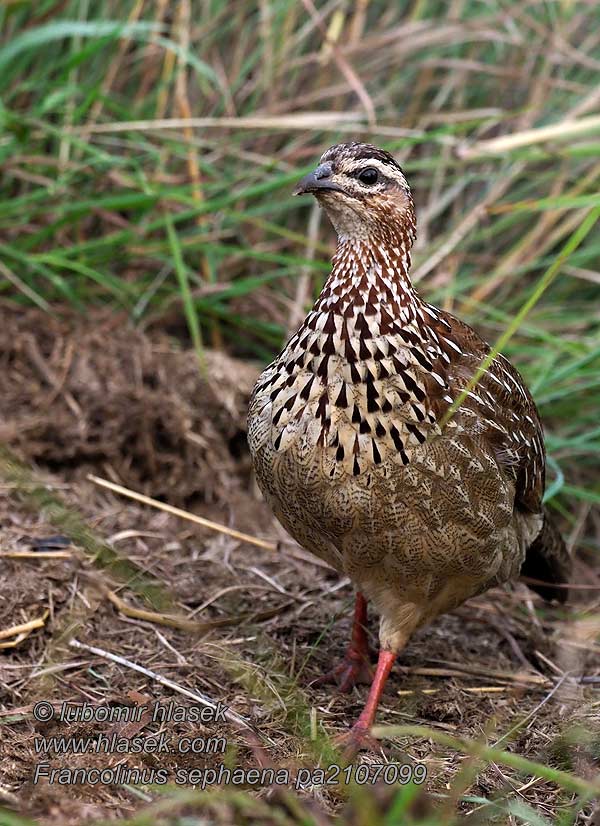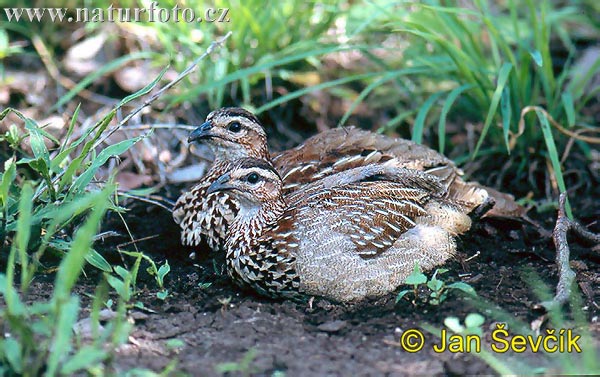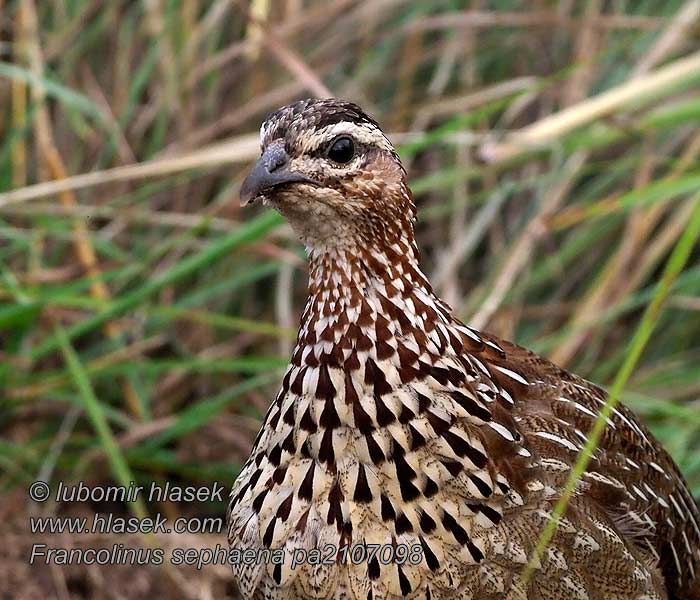The Francolinus Sephaena: A Glimpse Into The Life Of The African Francolin
Share
The Francolinus sephaena, commonly known as the African Francolin, is a captivating bird species belonging to the family Phasianidae. This article delves into the taxonomy, habitat, behavior, and conservation status of this intriguing bird, providing birdwatchers and nature enthusiasts with a comprehensive understanding of its significance in the ecosystem.

Taxonomy
The African Francolin is classified under the following taxonomic hierarchy:
- Order: Galliformes
- Family: Phasianidae
- Suborder: Galli
- Subfamily: Phasianinae
- Species: Francolinus sephaena
- Subspecies: sephaena
- Type: Perdix sephaena A. Smith, Rep. Exped. Centr. Air., 1836, p. 55
This species was first described by A. Smith in 1836, with its type locality near the Marikwa (Marico) River and Limpopo River in the Transvaal region of South Africa.
Range and Habitat
The African Francolin is predominantly found in southern Africa, with its range extending from southern Angola, Southern Rhodesia, and Portuguese East Africa (south of the Zambezi Valley) to the South-West African Protectorate, Bechuanaland, Transvaal, and Zululand.

This bird thrives in a variety of habitats, including grasslands, savannas, and open woodlands. It prefers areas with dense undergrowth, which provides cover from predators and suitable nesting sites. The African Francolin is often found in regions with a mix of grass and shrubs, where it can forage for food while remaining concealed.
Physical Characteristics
The African Francolin is a medium-sized bird, characterized by its robust body and short tail. It exhibits sexual dimorphism, with males typically being larger and more vibrantly colored than females.

Males have a striking plumage featuring a combination of brown, black, and white patterns, while females are generally more subdued in color, providing better camouflage. Both sexes possess a distinctive call, which is often heard during the breeding season.
Diet
The diet of the African Francolin primarily consists of seeds, grains, and insects. They are ground feeders, foraging in the underbrush for food. Their diet can vary seasonally, depending on the availability of resources.

During the rainy season, they may consume a higher proportion of insects, while in drier months, seeds and grains become more prominent in their diet. This adaptability in feeding habits allows them to thrive in various environments.
Behavior
The African Francolin is known for its secretive nature, often remaining hidden in dense vegetation. They are social birds, typically found in small groups or family units. Their behavior includes a mix of foraging, preening, and vocalizing, with males often engaging in territorial displays during the breeding season.

Their calls are a series of loud, distinctive notes that can be heard over long distances, especially during dawn and dusk. These vocalizations play a crucial role in communication, helping to establish territory and attract mates.
Reproduction
The breeding season for the African Francolin typically occurs during the warmer months when food is abundant. Males engage in elaborate courtship displays to attract females, which may include vocalizations and physical displays of strength.
Nesting usually takes place on the ground, where females lay a clutch of 6 to 12 eggs. The eggs are incubated for about 21 days, with both parents often participating in the care of the young once they hatch. The chicks are precocial, meaning they are relatively mature and mobile shortly after hatching, allowing them to forage for food with their parents.
Conservation Status
The African Francolin is currently classified as Least Concern by the IUCN Red List. However, habitat loss due to agricultural expansion and urban development poses a potential threat to its populations. Conservation efforts focused on habitat preservation and sustainable land use practices are essential to ensure the continued survival of this species.
Birdwatching Tips
For birdwatchers interested in observing the African Francolin, the best approach is to visit its natural habitats during the early morning or late afternoon when they are most active. Look for them in grasslands and areas with dense undergrowth. Patience is key, as these birds can be elusive.
Final Thoughts
The Francolinus sephaena is a remarkable species that plays a vital role in its ecosystem. Its adaptability and unique behaviors make it a fascinating subject for study and observation. By understanding and appreciating the African Francolin, we can contribute to its conservation and ensure that future generations can enjoy the beauty of this remarkable bird.